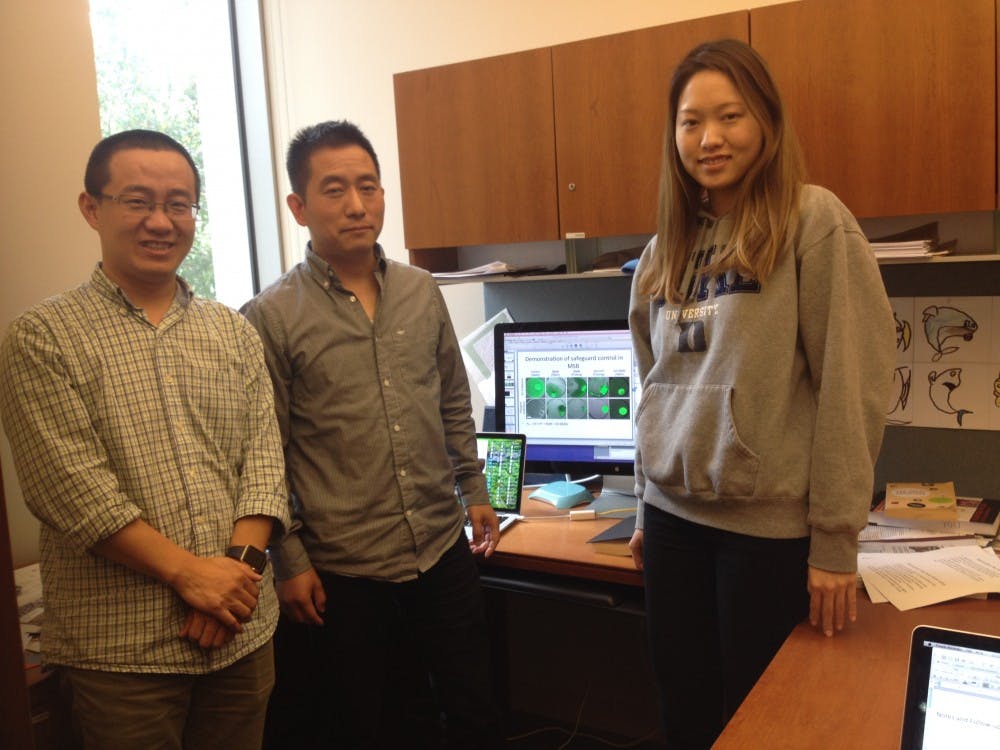Duke researchers have engineered bacteria that cannot survive outside their colony, lowering the risk of contamination that normally accompanies genetically engineered microorganisms.
One of the main risks of genetically manipulating organisms in a laboratory setting is the potential for the microorganism to escape from its regulated environment and multiply uncontrollably in the wild. Researchers at Duke have engineered a safeguard that would prevent microbes from surviving outside the confines of their enclosures. Using E. coli as a prototype, they created a strain of bacteria that can only survive in large colonies surrounded by bacteria of the same type. Due to their collective-based survival rates, these genetically modified microbes have been dubbed “swarmbots."
“There’s a lot of benefits of using engineered bacteria," said Anna Lee, a graduate student and one of the authors of the study, citing the ability to produce proteins in large quantities as one such benefit. "But because of safety concerns, there are limitations. When you want to use an engineered bacteria system, people are concerned about what the bacteria will do if they get out of the controlled system. So the specific thing we wanted to address with this study were those safety concerns."
Lingchong You, Paul Ruffin Scarborough associate professor of engineering, explained that the lab chose to use non-pathogenic E. coli as a prototype because it is easily manipulated and because he had previous experience working with it. He noted that swarmbots can be created out of a wide range of microorganisms.
The lab's most recently published paper demonstrated the effectiveness of their invention using an engineered strain of E. coli that only produced enough antidote to survive in an antibiotics-flushed environment if the bacteria remained within a high-density colony. Although the bacteria within the colony survived the antibiotics, the environment directly outside their container remained sterile.
In addition to preventing microorganisms from escaping and contaminating their environment, the lab also uses another method to limit the growth of high-density colonies, You explained. The microbes of this module are genetically engineered to produce a toxin at a rate that increases as the density of their colony increases. At a high enough concentration, the cell pops. Thus the colony cannot grow beyond a certain threshold.
Shuqiang Huang, a postdoctoral associate in You’s lab, noted that the technology created by the lab has applications in the medical field.
“We can use this platform technology to target a pathogen, which is what Anna is currently working on," he said.
Huang explained that genetically modified bacteria can be used to target the cause of certain diseases while eliminating concerns that these bacteria would then grow out of control and harm the patients they were intended to cure.
You added that this module can act as a "plug-in" that could be used in many different fields.
“If I want to use bacteria to deliver other things—like a protein, for example—that targets other pathogens, or to clean up the environment, or to target tumor cells, you can engineer these other modules and organisms separately," You said. "Then you can plug in this safeguard to ensure that engineered bacteria will only operate in the appropriate context."
Get The Chronicle straight to your inbox
Signup for our weekly newsletter. Cancel at any time.

